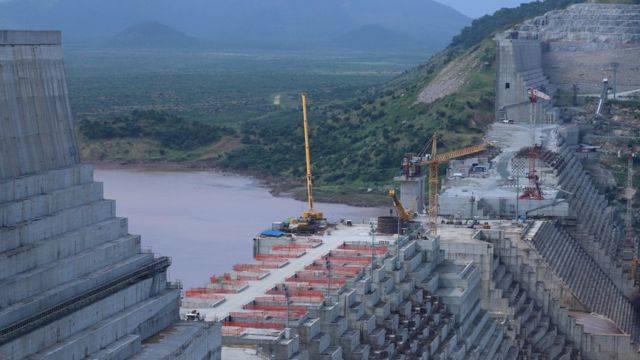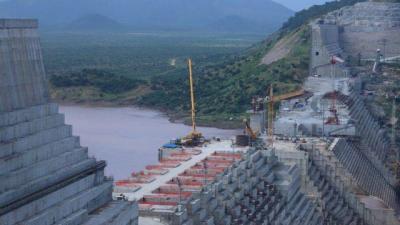Sudan has reaffirmed its rejection of a status quo policy regarding the second filling of the Grand Ethiopian Renaissance Dam, which threatens the safety of 20 million Sudanese who rely on the Blue Nile. The country hinted at exploring alternative options.
A statement from the Sudanese Cabinet today indicated that a meeting of the High Committee for Monitoring the Renaissance Dam, chaired by Abdullah Hamdok, discussed alternative options due to the stagnation of tripartite negotiations with Egypt and Ethiopia over the past six months, although these options were not specified. The meeting also addressed the risks of Ethiopia commencing the second filling of the dam in July without reaching an agreement, as well as the implications of the Ethiopian dam on the operational safety of the Roseires Dam (a Sudanese dam on the Blue Nile near the Grand Ethiopian Renaissance Dam) and other water facilities in the country.
On January 10, the official Sudanese news agency reported that a six-party meeting between the foreign and irrigation ministers of Sudan, Egypt, and Ethiopia failed to reach an acceptable formula for continuing negotiations on the dam. The three countries have been engaged in stalled negotiations over the dam for the past nine years, amid mutual accusations of intransigence and attempts to impose unrealistic solutions, as Addis Ababa insists on filling the dam even without reaching an agreement with Cairo and Khartoum, which both emphasize the necessity of first reaching a tripartite agreement to ensure that their annual shares of Nile water are not adversely affected.




